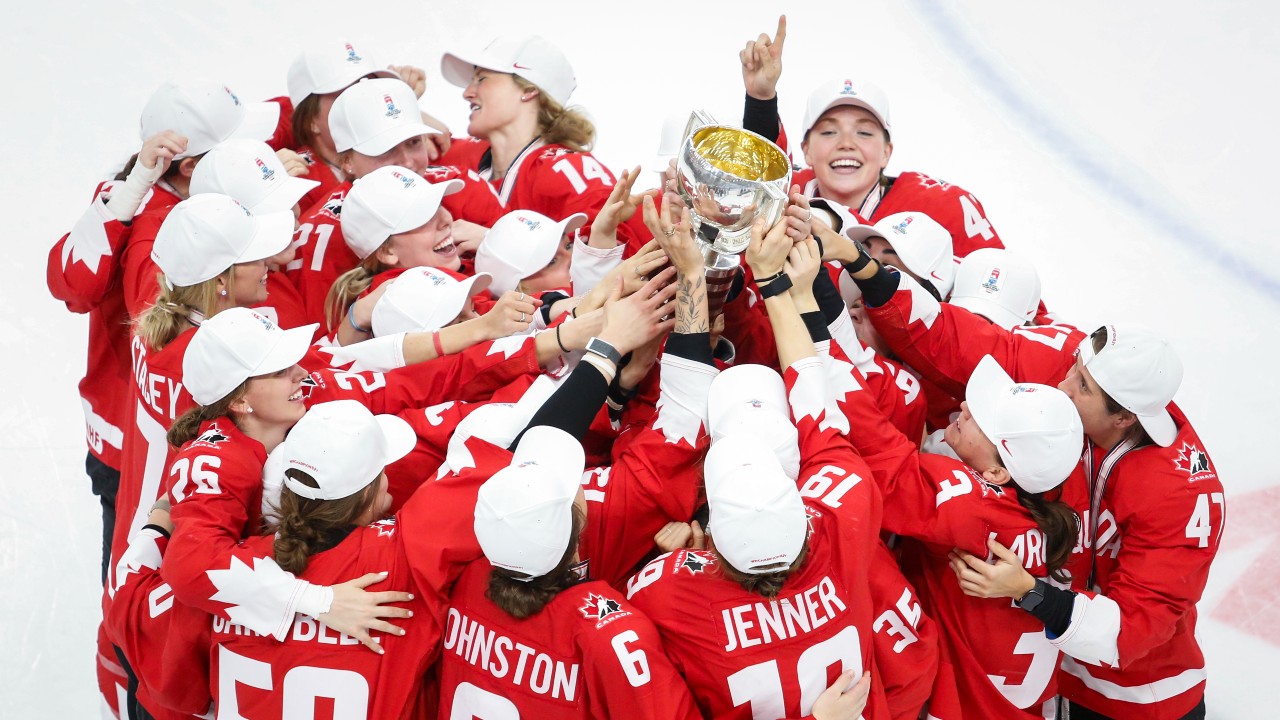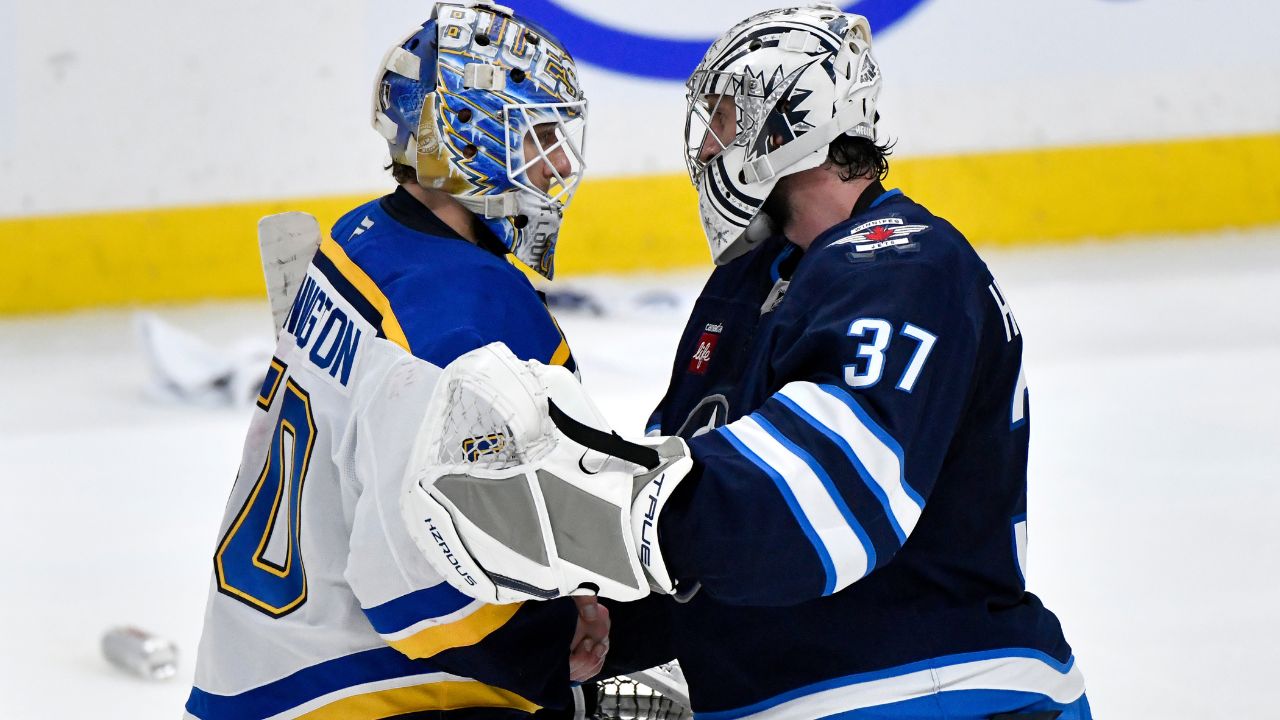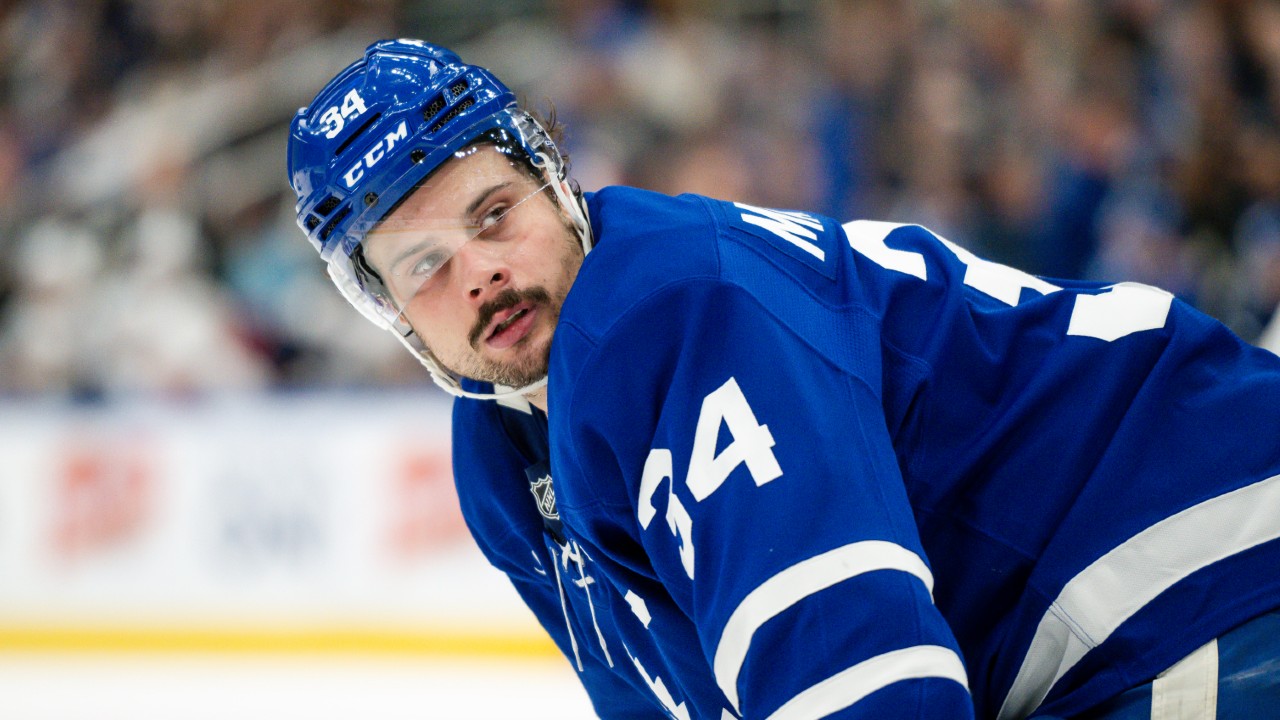
HERNING — With Canada’s bid to defend its women’s world hockey title a work in progress, players and coaches got down to the work of making progress Wednesday ahead of their quarterfinal against Sweden.
A 5-2 loss the previous night to archrival United States to cap the world championship’s preliminary round exposed cracks in the armour of the reigning world and Olympic women’s hockey champions.
Generating more offence below the faceoff circles, stouter defence of that same area in their own end, setting up to win puck races and more efficient power-play puck movement were among Canada’s practice drills at Kvik Hockey Arena, which presents its own wrinkle for players to iron out.
“I think we had a really good bounce-back practice today,” defender Renata Fast said. “The energy was high. You could tell the girls were dialled in on the small details that we know we needed to improve.
‘I don’t think we’re letting the result of a preliminary game affect what the future holds. We’re ready to look forward to that quarterfinal game and continue to grow.”
Canada, which finished second in Pool A behind the U.S. at three wins and a loss, crosses over to face Pool B No. 2 Sweden in Thursday’s quarterfinal.
The U.S. meets No. 3 Hungary, Finland takes on Czechia, which went undefeated in Pool B, and the Swiss and Japan square off in a meeting of the fourth and fifth Pool A seeds in the other quarterfinals.
Saturday’s semifinals are followed by Sunday’s medal games.
Canada blanked the Swedes 11-0 in their Olympic quarterfinal in February, but Thursday’s game will be their first world championship meeting since 2009.
The International Ice Hockey Federation has barred Russia from competing in tournaments because of that country’s invasion of Ukraine. Sweden was added to the 10-country women’s field in Denmark based on its world No. 8 ranking
Accustomed to the puck on their sticks in wins over Finland, Switzerland and Japan to start the tournament, Canada’s execution without it was shaky at times against the U.S.
The Americans won one-on-one battles along the wall and in the corners for possession. With a strong net-front presence and quick puck cycle, the U.S. opened shooting lanes in front of Canada’s crease.
“In our video session tonight, we’ll talk a little bit about our net-front play, how we defend the net front,” Canadian head coach Troy Ryan said.
“It’s no secret it’s a big part of Finland’s game, it’s a big part of the US game, it’s probably going to be a big part of everybody’s game. So we have to do a better job just tying up sticks in that area.
“It’s a little breakdown like that, that looks like it’s going to be nothing and because you didn’t take care of your end of the detail on in, it becomes something really big. Even the little puck races, two people are going for a puck, I can do something before I get to that puck. I can lift a stick, I can bump, I can do something.”
Both Canadian goals were scored on the U.S. doorstep below and between the faceoff circles. More of that type will be needed to defend the world title.
“I think that it’s a little bit different from the year we had in the past where things were going in the net for us,” forward Sarah Nurse said. “We’re having a little bit of less puck luck out there.
“So I really do believe that I’m creating chances, my line’s creating chances, our team’s really creating chances, and all we have to do is bury it.”
Canada’s power-play unit of Nurse, Erin Ambrose, Marie-Philip Poulin, Brianne Jenner and Sarah Fillier were first on the ice Wednesday for a few minutes of extra work before other skaters arrived.
Canada failed to convert a power-play chance in the third period when the U.S. led 3-2.
“It was a key moment for us to be able to have some success in that third period and we didn’t have it,” Ambrose said. “So just adjusting some things and making sure that everything’s clean.
“We’re familiar with each other on the unit, we love what we do, we love our puck movement, we love our puck recovery, so we just want to continue with that.”
Herning’s Kvik Hockey Arena — home of the men’s Blue Fox pro club — features the smallest ice surface of the Danish league’s rinks at 58 metres long and 28 metres wide.
IIHF rules stipulate the ice surface be 60 metres long and between 26 to 30 metres wide, and deviations require IIHF approval.
“I think the weirdest part about it is just where like the lines are situated,” Fast said. “The neutral zone is tiny.”
Said Ryan: “The neutral zone is very confusing for a lot of people, just how short it is. (The ice is) wider than we’re used to playing on, but pretty short with really sharp corners. It’s something the players have been talking about.”







